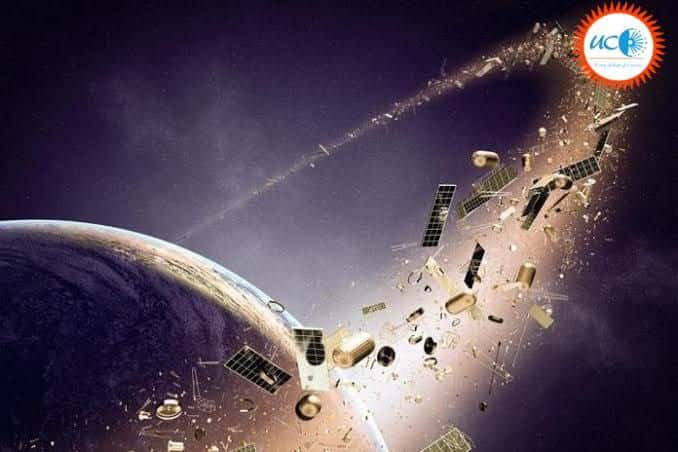Space Militarism
Space as military domain
Space as a military domain is a well-accepted fact. Space is as much recognized as a military domain as land, water, air and cyber.
Efforts by different countries in the area
1.India
- In India, historically, space has remained the sole jurisdiction of its civilian space agency, the Indian Space Research Organisation (ISRO).
- However, the successful demonstration (dubbed Mission Shakti) of an anti-satellite (ASAT) missile test in 2019 changed things forever.
- The same year, India conducted its first ever simulated space warfare exercise (IndSpaceX) with an eye on Chinese threats.
- Furthermore, the launch of the tri-service Defence Space Agency (DSA) has permanently taken the military away from the shadows of civil space.
- The government has also set up the Defence Space Research Agency (DSRA) to help develop space-based weapons for the DSA.
2.USA
- In 2019, the U.S. stood up its space force as a branch under the department of the Air Force. At the time, it became the world’s only independent space force.
3.France
- France conducted its first space military exercise, ASTERX, in 2021.
4.China
- China is marching ahead to the Cis-Lunar space (region beyond the geosynchronous orbit) with an ambition to establish a permanent presence on the Moon by 2024.
Why Space Security is Important
Space has assets that form the bedrock of the modern economy.
GPS (PNT — position navigation timing), telecom networks, early warning systems for missiles and weather forecasts all are enabled by our satellites in GEO or LEO orbits
Should India-U.S. collaborate on the issue
- First, this single act will push India’s defence partnership into a new orbit.
- Second, it will send a strong message to a common adversary, China.
- Third, it will have other ripple effects for the wider Quad.
- Space has been singled out as a critical area of cooperation in the recent Defence Technology and Trade Initiative (DTTI) meeting between India and the U.S.
- It will have actionable spill overs for the Quad, transform the moribund DTTI from a talk shop and send the right message to the adversary.
What are the constraints and threats?
- First, it will provoke our eastern neighbours and compel them to draw a new redline.
- Second, our eastern Neighbour will use our western neighbour as a proxy state.
- Third, it will derail the ongoing Core Commanders dialogue in Ladakh.
- Fourth, it will fastback militarization for space.
Way Forward
- The lowest hanging fruit would be a joint anti-satellite (ASAT) missile test.
- It is essentially a missile launched from the Earth’s surface to destroy a satellite passing overhead.
- The test would be against a simulated orbital target as that does not create space debris and is not included in the wording of the U.S. moratorium.
- Eventually, this will lead to other space military collaborations such as directed energy weapons, rendezvous and proximity operations (RPOs), co-orbital ASATs (in space micro satellites as a kinetic kill option), etc.
Changing times now require us to innovate on doctrines, technologies and deterrence. China is on its way to building a “world-class” Chinese military by 2049. If India is to become a space power and if the Indo-U.S. partnership is to become the alliance of alliances, then imaginative steps will be needed. It is time for the India-U.S. military collaboration to get bolder and travel from mountains to outer heavens
Practice Question
What are the threats and benefits associated with space militarism?








